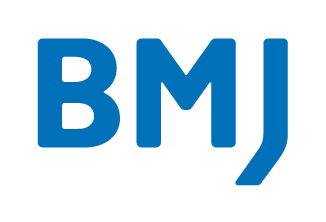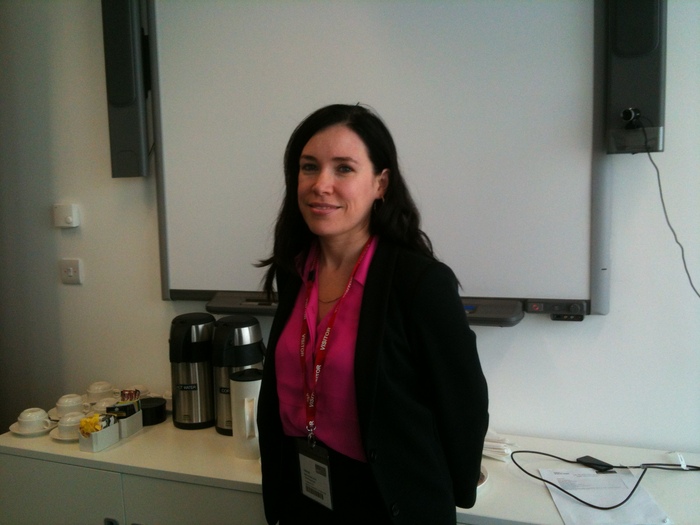 COPE has always prided itself on providing practical, pragmatic advice to members and a non-judgmental place where peers can discuss the issues that concern them. In this newsletter, Marie-Andrée Jacob, an academic who has been observing how the COPE Forum works, describes her observations of us, placing COPE in the long tradition of debating societies such as that of the UK’s Royal Society. This is a compelling way of viewing what COPE does but poses a challenges for us - can we take such debate forward in the digital age?
COPE has always prided itself on providing practical, pragmatic advice to members and a non-judgmental place where peers can discuss the issues that concern them. In this newsletter, Marie-Andrée Jacob, an academic who has been observing how the COPE Forum works, describes her observations of us, placing COPE in the long tradition of debating societies such as that of the UK’s Royal Society. This is a compelling way of viewing what COPE does but poses a challenges for us - can we take such debate forward in the digital age?
I believe the end of 2013 sees COPE having done just that. We are more than ever an international organization: we now have almost 9000 members from around the world and our Council is now predominantly not UK based. In 2013 we have put in place the structure to support our members globally; we recognize that a robust virtual presence is critical to this. Changes over the past year include an update to our member database so that many more individuals from member journals can have their own account with COPE; we have moved the regular Forum where we discuss cases to being completely virtual and we have added more eLearning modules to our resources. And we have of course started this newsletter, which is already attracting a substantial number of readers. I’d like to thank Irene Hames, who has taken the lead in getting the newsletter off the ground, and who is now stepping down from COPE Council after 3 years of very valuable service.
At the same time we have not forgotten that face to face meetings are highly valued by our members and we have held seminars or participated in other organizations’ seminars in the UK, US, India, Japan, and Australia among others.
We have also reviewed our purposes and aims as an organization and have reaffirmed that our primary purpose is the education and support of our members as well as leading a debate on publication ethics more widely. To that end we have reviewed how we handle concerns brought to us about member editors and journals into what we believe will be a much more collaborative, transparent and educational process. We hope that this revised process will be constructive and lead long term to an increase in the understanding of publication ethics as well as helping resolve individual issues.
There is no doubt that publication ethics is, rightly, attracting more interest than ever before. Though being an editor is highly rewarding, it is, especially in this digital age, a very challenging one and we hope that you will continue to find COPE a support in your work. We look forward to supporting you and debating with you in 2014, wherever you may be.
 So asks Theo Bloom, Biology Editorial Director at
So asks Theo Bloom, Biology Editorial Director at  A study into the public availability of the results of large randomized clinical trials registered with
A study into the public availability of the results of large randomized clinical trials registered with 
 Legal academic Marie-Andrée Jacob has been observing the COPE Forums since December 2010 as part of her fieldwork into a
Legal academic Marie-Andrée Jacob has been observing the COPE Forums since December 2010 as part of her fieldwork into a 